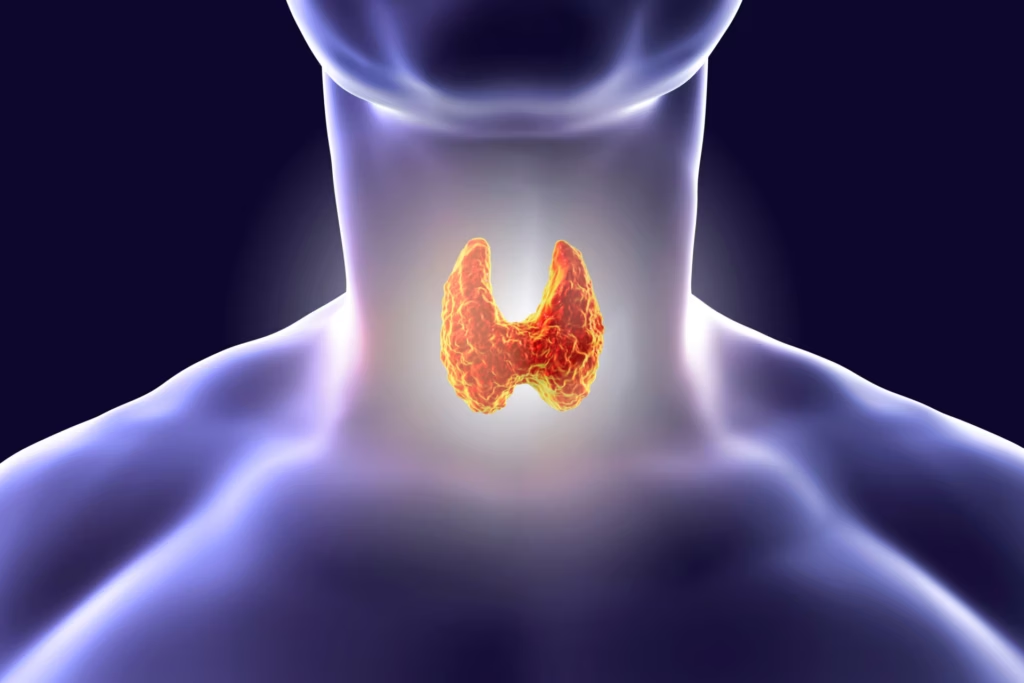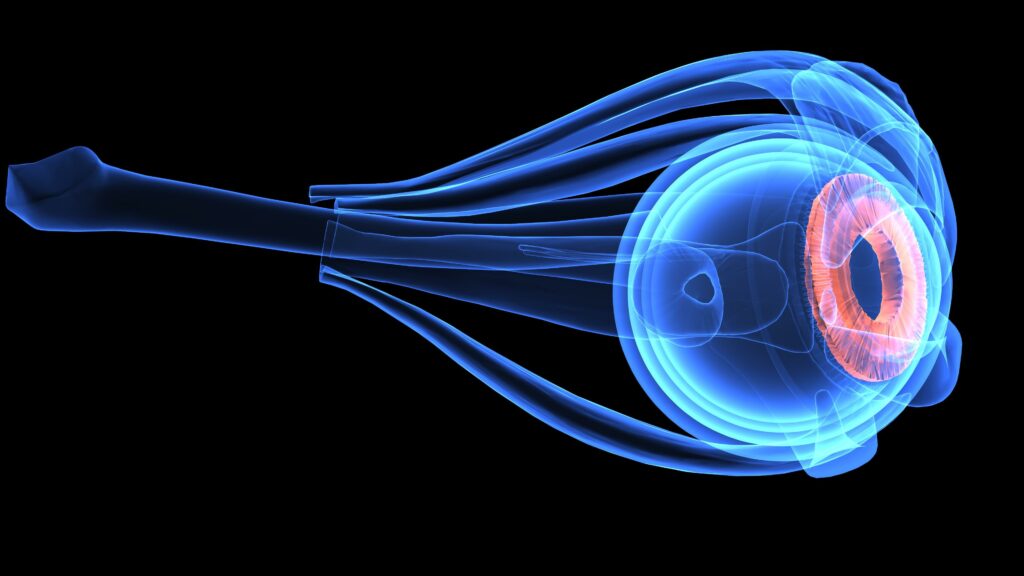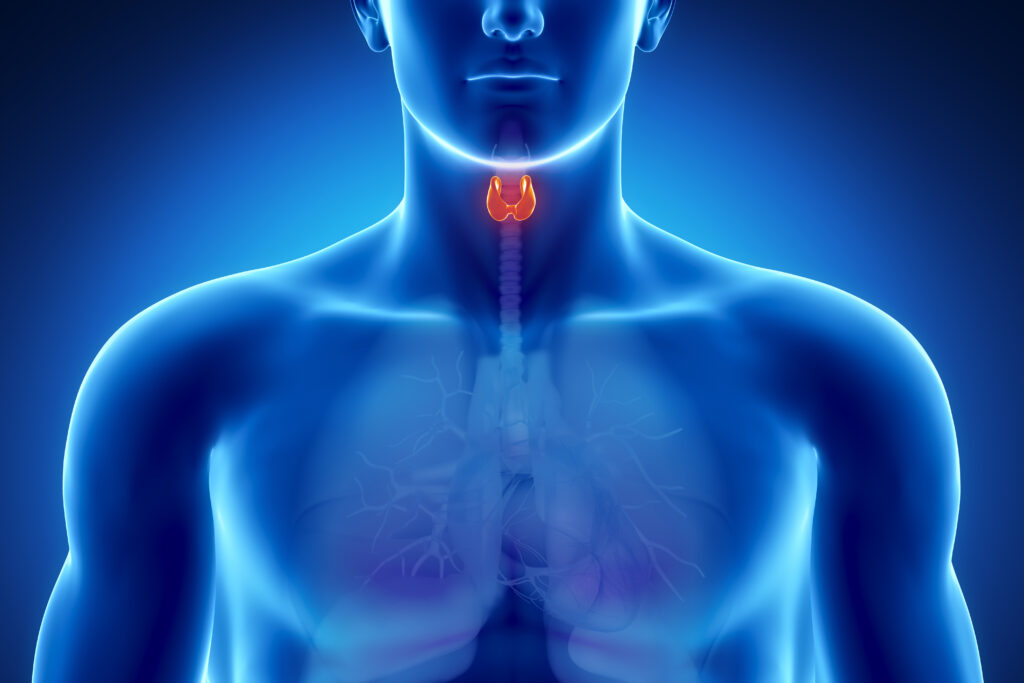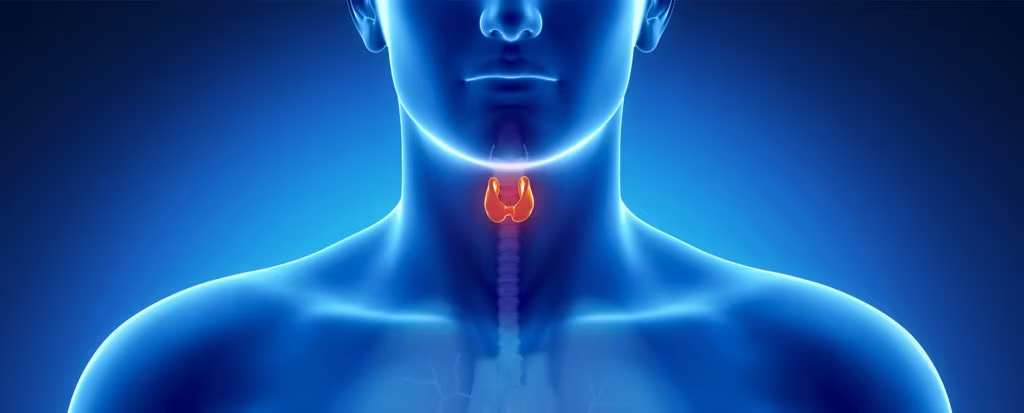Search Results
Showing Results for Graves’ disease

Thyroid eye disease (TED), also known as Graves’ orbitopathy, is a complex autoimmune disorder driven by an interplay of immune cells, orbital fibroblasts and tissue remodelling factors that lead to inflammation, oedema and, ultimately, potential vision loss.1 While the disease ...

This systematic review and meta-analysis investigate the efficacy of teprotumumab, a novel monoclonal antibody, in reducing proptosis for patients with long-duration thyroid eye disease (TED). While teprotumumab has shown promise in treating active TED, its effectiveness in chronic cases remained ...

Hyperthyroidism is prevalent in 0.1–2.5% of the population, and Graves’ disease is diagnosed in 80% of patients with hyperthyroidism.1,2 This condition arises from the uncontrolled, excessive activation of the thyroid-stimulating hormone (TSH) receptor by autoreactive TSH-receptor antibodies.2 Elevated thyroid hormones in hyperthyroidism ...

Alopecia is a dermatological disorder characterized by hair loss from the scalp or body.1–3 It is one of the most common dermatological disorders worldwide and has several aetiologies, such as hereditary background, hormonal imbalance, infection or idiopathic causes.1,3,4 Alopecia can ...

Thyrotoxicosis refers to the signs and symptoms derived from excess circulating thyroid hormones in the body,1 which must be differentiated from hyperthyroidism, in which there is an increase in the synthesis and secretion of hormones by the thyroid gland.2 Approximately 1% ...

On 31 December 2019, the World Health Organization (WHO) was notified of several cases of pneumonia of unknown aetiology in Wuhan, China. After a relatively short period, officials confirmed the first case of coronavirus disease 2019 (COVID-19) reported outside of China, in Thailand, ...

Immune checkpoints are small molecules that are present on the cell surface of T lymphocytes to regulate the immune response. While some of these molecules enhance the stimulatory signals, others boost the inhibitory signals to blunt the activity of T ...

Hyperthyroidism is associated with neurological symptoms, such as tremor and muscle weakness, but chorea is rare and occurs in less than 2% of patients.1 Chorea is rarely seen at presentation in Graves’ disease, and more commonly occurs with streptococcal infection. Acute ...

Insulin autoimmune syndrome (IAS) is a leading cause of hypoglycaemia in the Japanese population.1 In India, which has a population of more than 1 billion, only 28 cases of IAS have been reported to date, to the best of our knowledge.2–10 IAS ...

Hyperthyroidism is a disease characterised by excess thyroid hormone synthesis and secretion from the thyroid gland. It is most frequently caused by Graves’ disease and toxic nodular goiter. Systemic complications involving the respiratory, cardiac and gastrointestinal systems, as well as ...

In children, hyperthyroidism occurs less commonly compared to hypothyroidism, yet it is far more symptomatic.1 Hyperthyroidism in children is mostly due to autoimmunity, predominantly as a result of Graves’ disease.2 Non-autoimmune hyperthyroidism (NAH) is a rare cause of hyperthyroidism in ...

The armamentarium of anticancer drugs available to an oncologist has grown rapidly over the past few decades. The use of cancer immunotherapy and targeted therapy has become more popular in the last few years. It has also become increasingly clear ...

Type 2 Diabetes Decompensation as the Clinical Presentation of Thyroid Storm – Cause or Consequence?
...

The year 2016 has been an exciting one in the world of thyroid disease, marking a new era for both research and clinical management. As a subspecialty, we are continuously re-evaluating not only our current treatment strategies, but also our classification ...

The autoimmune thyroid diseases (AITD) comprise a series of interrelated conditions including Graves’ disease (GD) and Hashimoto’s thyroiditis (HT). AITD are the most prevalent diseases of the thyroid gland in the pediatric population, particularly in adolescence.1 HT is the ...

The diagnosis of Turner syndrome (TS) is based on a complete or partial absence of the second X chromosome. Structural anomalies of the sex chromosome include isoXq (duplication of the long arm to form an isochromosome), rX (ring formation) and ...

Moyamoya is a rare idiopathic cerebral vasculopathy characterized by stenosis of the terminal portion of the internal carotid arteries (ICAs) and the development of a thin collateral network of small vessels (“puff of smoke”), initially described as a primary disease ...

The autoimmune thyroid diseases (AITD) comprise a series of interrelated conditions including Graves’ disease (GD) and Hashimoto’s thyroiditis (HT). AITD are the most prevalent diseases of the thyroid gland in the pediatric population, particularly in adolescence.1 HT is the ...
Latest articles videos and clinical updates - straight to your inbox
Log into your Touch Account
Earn and track your CME credits on the go, save articles for later, and follow the latest congress coverage.
Register now for FREE Access
Register for free to hear about the latest expert-led education, peer-reviewed articles, conference highlights, and innovative CME activities.
Sign up with an Email
Or use a Social Account.
This Functionality is for
Members Only
Explore the latest in medical education and stay current in your field. Create a free account to track your learning.

